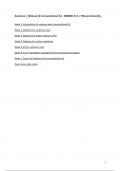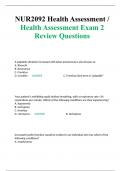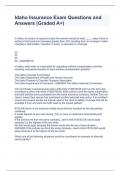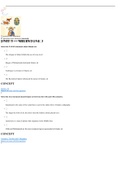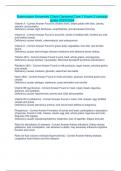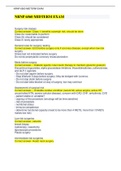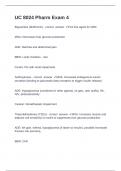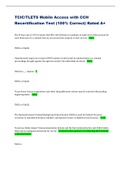Samenvatting
Summary Webcare and conversational AI (880085-M-6) - Tilburg University
- Instelling
- Tilburg University (UVT)
I got an 8 for the exam :) This summary includes all lectures and literature, including a lot of examples and extensive elaboration on some parts - so that you understand it well enough to explain it on the exam. Good luck!
[Meer zien]
